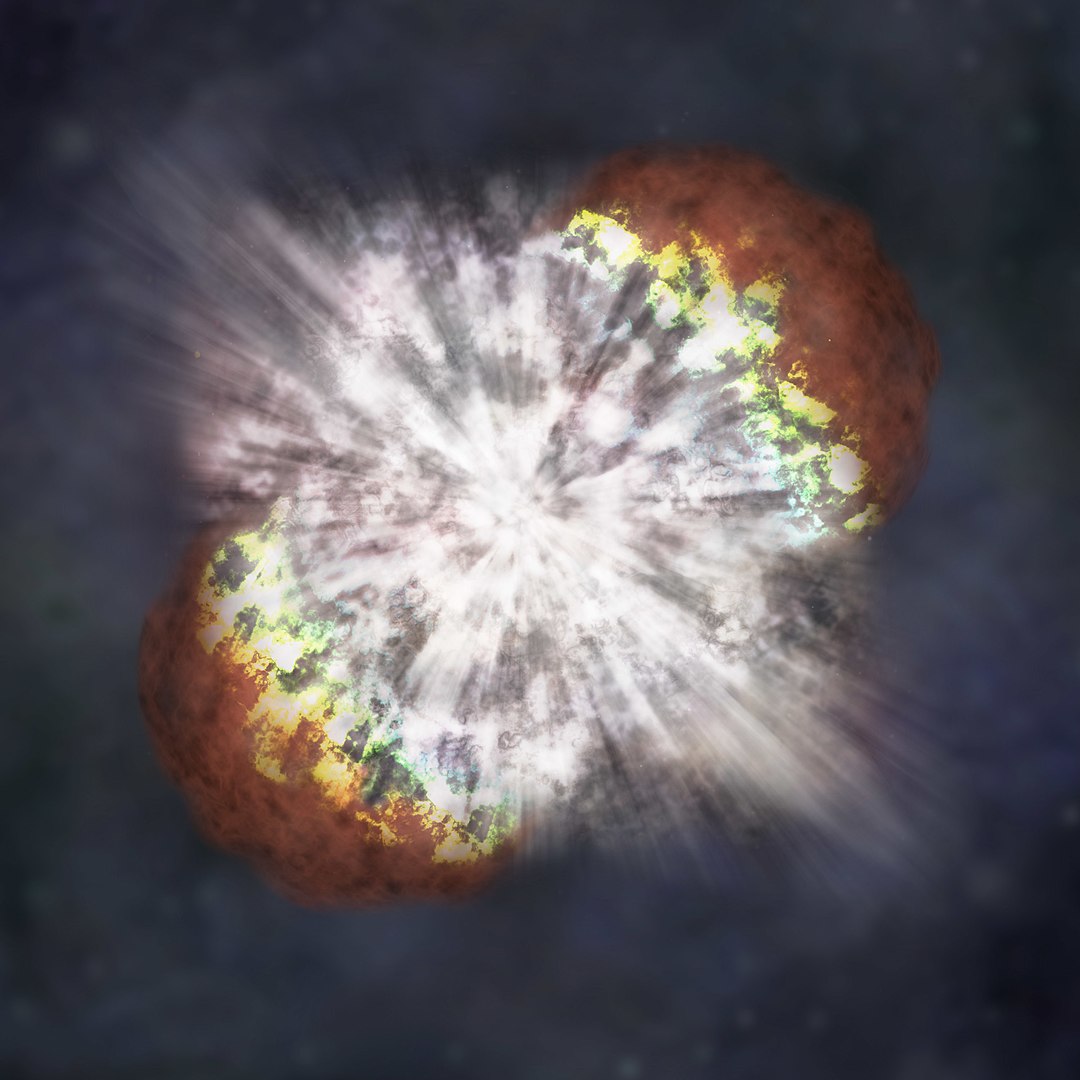The building blocks of life can, and did, spontaneously assemble under the right conditions. That’s called spontaneous generation, or abiogenesis. Of course, many of the details remain hidden to us, and we just don’t know exactly how it all happened. Or how frequently it could happen.
Continue reading “Life Could be Common Across the Universe, Just Not in Our Region”Are Low Density “Cotton Candy” Exoplanets Actually Just Regular Planets With Rings?
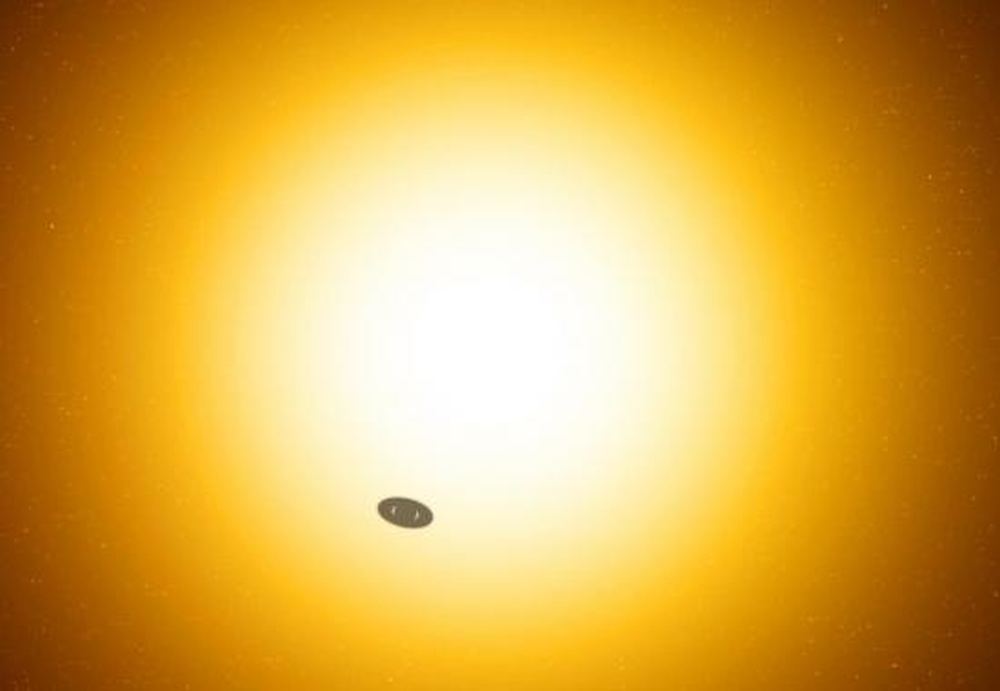
There’s a type of exoplanet that astronomers sometimes refer to as cotton candy planets, or super-puffs. They’re mysterious, because their masses don’t match up with their extremely large radii. The two characteristics imply a planet with an extremely low density.
In our Solar System, there’s nothing like them, and finding them in distant solar systems has been puzzling. Now a pair of astronomers might have figured it out.
Continue reading “Are Low Density “Cotton Candy” Exoplanets Actually Just Regular Planets With Rings?”Solar Storms Might Confuse Whale Navigation, and Make Them More Likely to Strand Themselves
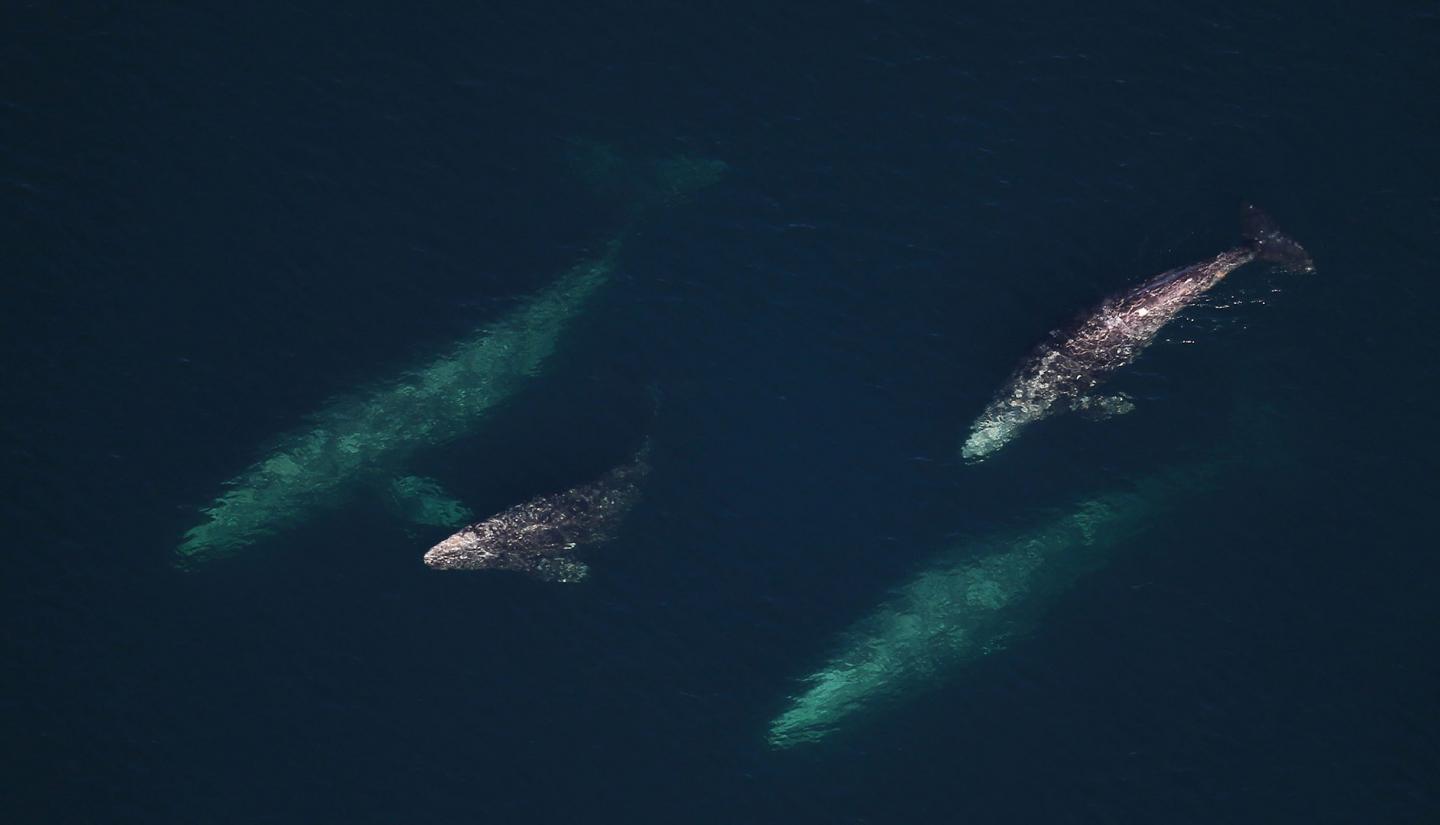
The Gray Whale is the 10th largest creature alive today, and the 9 creatures larger than it are all whales, too. Gray Whales are known for their epic migration routes, sometimes covering more than 16,000 km (10,000 miles) on their two-way trips between their feeding grounds and their breeding grounds. Researchers don’t have a complete understanding of how whales navigate these great distances, but some evidence suggests that Earth’s magnetism has something to do with it.
Continue reading “Solar Storms Might Confuse Whale Navigation, and Make Them More Likely to Strand Themselves”Who was Aristotle?
Philosopher, polymath, educator, synthesist, founder. These are just some of the words used to describe Aristotle, the 4th century BCE Greek luminary who (along with Plato) is known as the “father of Western philosophy.” With subjects ranging from physics, biology, and astronomy to logic, ethics, politics, and metaphysics, there is scarcely any field of study or subject that he did not have a significant and lasting impact on.
In fact, within the realm of astronomy and physics, Artistotle would be one of the leading authorities whose work would be considered canon for over two thousand years after his death. From Classical Antiquity to the Roman Empire to the Middle Ages and the Rennaissance, Aristotle would be considered the authoritative source on countless subjects.
Continue reading “Who was Aristotle?”Dust Devils Have Left Dark Streaks All Over This Martian Crater
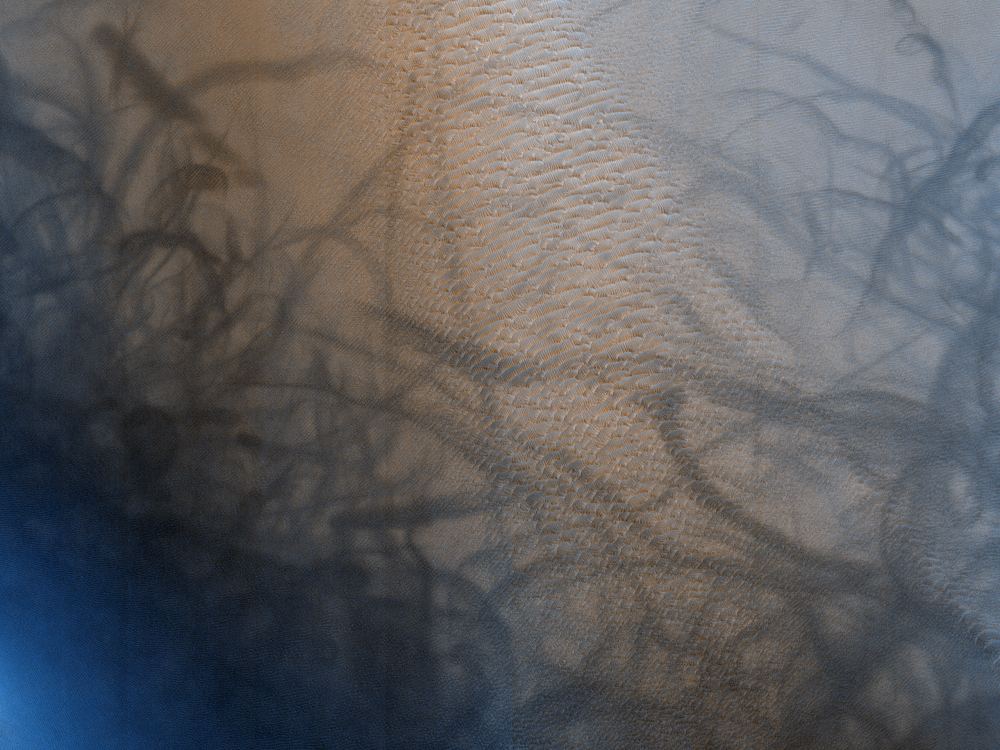
There may be no life on Mars, but there’s still a lot going on there. The Martian surface is home to different geological process, which overlap and even compete with each other to shape the planet. Orbiters with powerful cameras give us an excellent view of Mars’ changing surface.
Continue reading “Dust Devils Have Left Dark Streaks All Over This Martian Crater”Destructive Super Solar Storms Hit Us Every 25 Years Or So
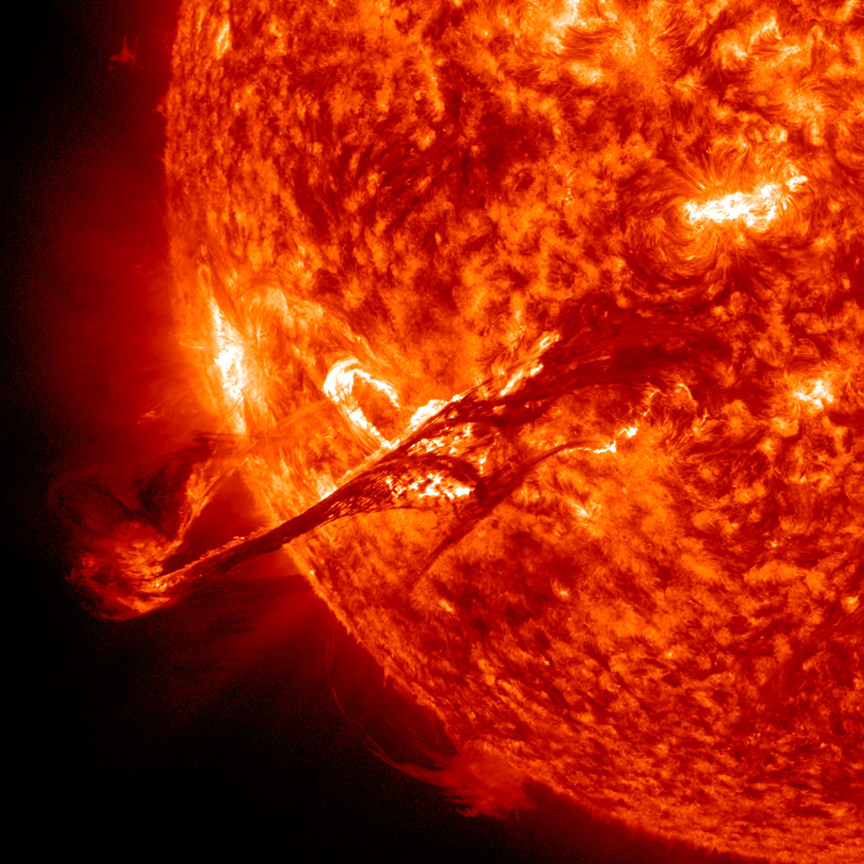
Solar storms powerful enough to wreak havoc on electronic equipment strike Earth every 25 years, according to a new study. And less powerful—yet still dangerous—storms occur every three years or so. This conclusion comes from a team of scientists from the the University of Warwick and the British Antarctic Survey.
These powerful storms can disrupt electronic equipment, including communication equipment, aviation equipment, power grids, and satellites.
Continue reading “Destructive Super Solar Storms Hit Us Every 25 Years Or So”The Brightest Supernova Ever Seen was Caused by a White Dwarf Spiraling into a Red Giant
Super-luminous supernovae are the brightest explosions in the Universe. In just a few months, a super-luminous supernova can release as much energy as our Sun will in its entire lifespan. And at its peak, it can be as bright as an entire galaxy.
One of the most-studied super-luminous supernovae (SLSN) is called SN 2006gy. Its origin is uncertain, but now Swedish and Japanese researchers say they might have figured out what caused it: a cataclysmic interaction between a white dwarf and its massive partner.
Continue reading “The Brightest Supernova Ever Seen was Caused by a White Dwarf Spiraling into a Red Giant”Almost 800,000 Years Ago, an Enormous Meteorite Struck Earth. Now We Know Where.

20% of the surface of Earth’s Eastern Hemisphere is littered with a certain kind of rock. Black, glossy blobs called tektites are spread throughout Australasia. Scientists know they’re from a meteorite strike, but they’ve never been able to locate the crater where it struck Earth.
Now a team of scientists seems to have found it.
Continue reading “Almost 800,000 Years Ago, an Enormous Meteorite Struck Earth. Now We Know Where.”Halo Around a Pulsar could Explain Why We See Antimatter Coming from Space
Astronomers have been watching a nearby pulsar with a strange halo around it. That pulsar might answer a question that’s puzzled astronomers for some time. The pulsar is named Geminga, and it’s one of the nearest pulsars to Earth, about 800 light years away in the constellation Gemini. Not only is it close to Earth, but Geminga is also very bright in gamma rays.
Continue reading “Halo Around a Pulsar could Explain Why We See Antimatter Coming from Space”Cancer Seems to Have Trouble Spreading in Microgravity
There are a number of health risks that come with going to space. Aside from the increased exposure to solar radiation and cosmic rays, there are the notable effects that microgravity can have on human physiology. As Scott Kelly can attest, these go beyond muscle and bone degeneration and include diminished organ function, eyesight, and even changes at the genetic level.
Interestingly enough, there are also a number of potential medical benefits to microgravity. Since 2014, Dr. Joshua Choi, a senior lecturer in biomedical engineering at the University of Technology Sydney, has been investigating how microgravity affects medicine and cells in the human body. Early next year, he and his research team will be traveling to the ISS to test a new method for treating cancer that relies on microgravity.
Continue reading “Cancer Seems to Have Trouble Spreading in Microgravity”


